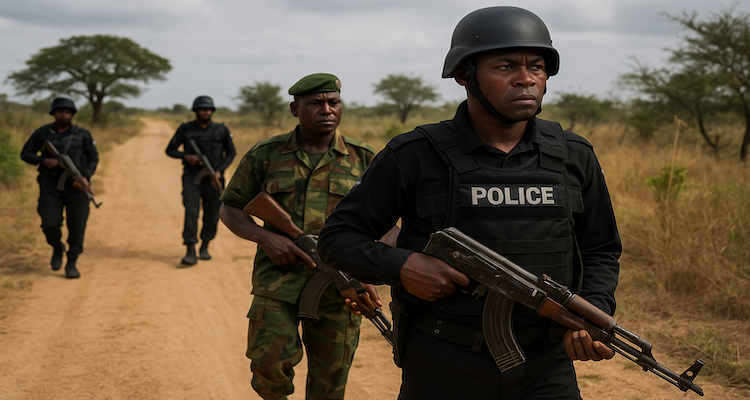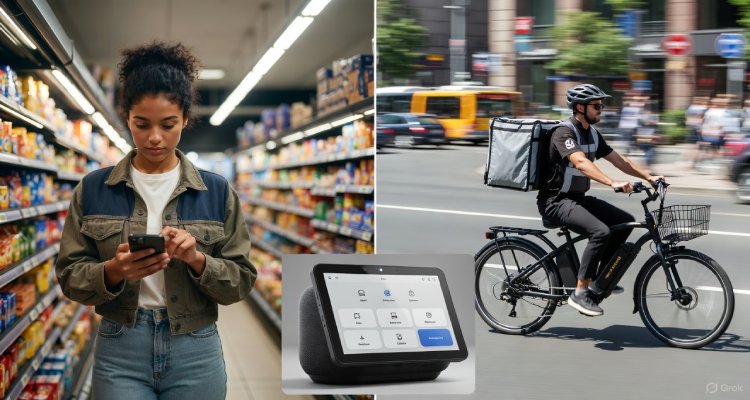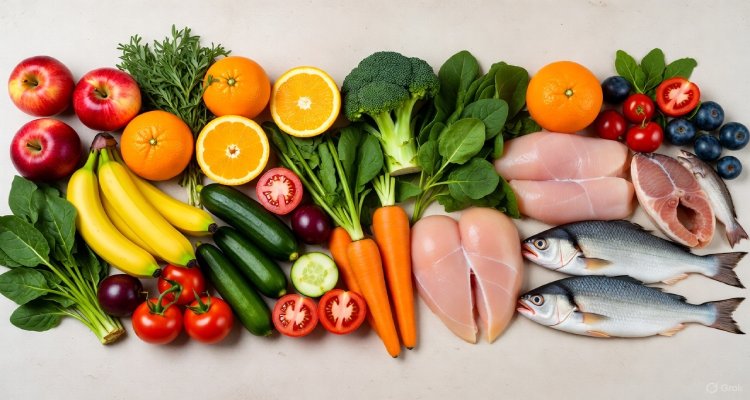Cheaper Malaria Shot Boosts Global Child Immunization Drive
A new price cut for the R21 malaria vaccine will allow Gavi and UNICEF to expand immunization efforts, reaching millions more children despite shrinking global aid.
A major price breakthrough for a life-saving malaria vaccine is offering a rare dose of optimism for global health workers facing shrinking aid budgets. Gavi and UNICEF have secured a significant cost reduction for the R21 malaria vaccine an agreement that could help protect millions of children across sub-Saharan Africa at a time when donor support is waning.
A New Break in the Fight Against Malaria
For decades, health agencies have struggled to widen access to malaria prevention tools, especially in regions where the disease remains one of the deadliest threats to young children. The R21 vaccine, developed by the Serum Institute of India, has been one of the most anticipated tools in that fight.
UNICEF, which purchases vaccines on behalf of Gavi for low-income nations, will now pay 25% less per dose. The price shift from roughly $4 to $2.99 comes at a critical moment, following a year of financial shortfalls among international donors.
Why the Price Cut Matters
The revised cost isn’t just an accounting change, it has immediate and far-reaching implications. According to Gavi’s projections, the lower pricing will free up around $90 million over five years. That savings is enough to finance 30 million additional doses, expanding protection to as many as seven million more children.
For regions where malaria remains an everyday threat, this shift could redefine public health outcomes. The disease still kills more than 500,000 people annually, most of them children under age five.
Funding Challenges Behind the Scenes
The encouraging price drop comes against a backdrop of financial strain. Earlier this year, Gavi’s fundraising efforts fell $3 billion short of its target. Many traditional donors most notably the United States redirected foreign assistance budgets to other global priorities, leaving vaccine programs scrambling to stretch existing funds.
Leila Pakkala, who heads UNICEF’s supply division, underscored the urgency. While her statement was concise, the message resonated deeply: even as international aid declines at an “unprecedented” rate, UNICEF and its partners remain determined to push forward. The price agreement with the Serum Institute is part of that strategy, finding ways to do more with less.
Breaking Down the Costs and Comparisons
Delivering full malaria protection requires multiple doses. Infants must receive four doses of the R21 vaccine to achieve optimal immunity, bringing the total cost to $11.96 per child under the new pricing.
That investment is modest compared with what families or health systems face when malaria strikes:
-
$4–$7 for outpatient treatment of uncomplicated malaria
-
Over $70 for cases requiring hospitalization
(WHO estimates cited by Gavi)
By comparison, the world’s other approved malaria vaccine—the one developed by GSK—currently sells for around $10 per dose. Production of that shot will shift to Bharat Biotech in 2028, when both companies have pledged to cut its price in half.
This competitive pricing environment could further accelerate access and put lifesaving doses in reach for even more countries.
Expanding Access Amid Global Aid Uncertainty
The price reduction signals the kind of innovation and cost-efficiency global health advocates say will be necessary as donor fatigue deepens. Sub-Saharan Africa, which shoulders the overwhelming burden of malaria deaths, stands to benefit most.
Reduced vaccine pricing could mean:
✔ More predictable supply pipelines
Countries can budget farther into the future, especially those dependent on Gavi’s support.
✔ Increased vaccination coverage
Health ministries can run wider campaigns without straining national budgets.
✔ Strengthened health systems
Preventing disease frees up intensive-care beds and lowers financial pressure on hospitals.
✔ Better long-term outcomes
With consistent coverage, malaria mortality rates could decline significantly.
Expert Insight & Broader Perspective
Although the price shift is primarily an economic decision, experts warn that sustainable global immunization requires far more than cost cutting. The reduced price buys time but not a permanent solution, especially if international donors continue shifting priorities.
As UNICEF’s supply chief emphasized, this is a pivotal moment. Her remarks highlight a sobering reality: major health organizations must now stretch shrinking budgets while tackling escalating challenges, from climate-driven disease patterns to medical supply disruptions.
A Critical Window of Opportunity
The R21 vaccine’s affordability could become a turning point in malaria control, especially if combined with expanded manufacturing capacity and stable long-term financing. But the next few years will determine whether these gains are sustained.
If global donors reaffirm support or if more vaccine producers adopt similar pricing strategies, millions more children could be protected from a disease that still claims far too many young lives.
For now, the price drop offers a much-needed boost: a tangible opportunity to extend protection to the children who need it most.
As global assistance tightens, the dramatic reduction in the R21 malaria vaccine’s cost stands out as a strategic victory for public health. It gives UNICEF, Gavi, and their partner nations room to maneuver at a moment when every dollar counts. Whether this breakthrough becomes a foundation for lasting progress or simply buys time will depend on how the world responds to the continuing call for investment in malaria prevention.
ALSO READ: Nigeria Reels After Mass School Kidnapping Crisis










